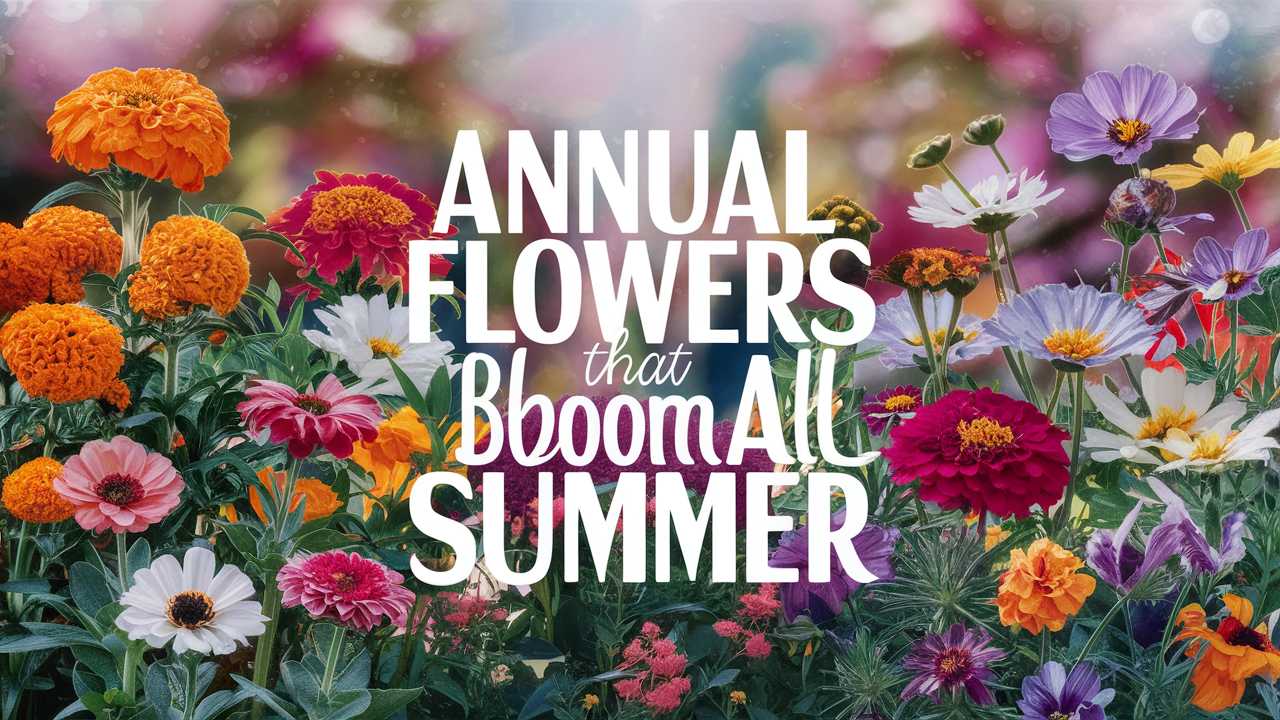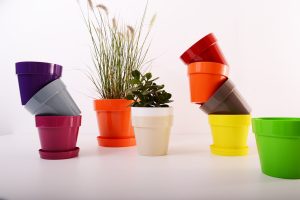In this guide, we’ll explore a myriad of stunning annual flowers that not only brighten gardens but also provide endless joy to gardeners and casual observers alike. Here’s an in-depth look at each flower, its characteristics, and tips for incorporating them into your garden.
Ageratum

Ageratum, commonly known as floss flower, is an annual that features fluffy, tufted blossoms in shades of blue, purple, and white. These petite flowers bloom profusely throughout the summer, attracting pollinators like bees and butterflies with their sweet nectar. The foliage is a vibrant green, providing a perfect backdrop for the colorful flowers.
Care Tips: Ageratum thrives in well-drained soil and prefers full sunlight. Regular deadheading will encourage more blooms and prolong the flowering season. This versatile flower can be used in borders, containers, or as ground cover, making it a popular choice for many gardeners.
Chrysanthemum

Chrysanthemums are often associated with fall, but many varieties are annuals that bloom all summer long. These hardy flowers come in various shapes and sizes, offering a stunning array of colors including yellow, orange, purple, and red. They can be used in mixed borders or as standalone statements.
Care Tips: To keep chrysanthemums blooming, ensure they receive at least six hours of sunlight each day and water consistently. Pinching back the plants during early growth promotes bushier plants, resulting in more flowers.
Cockscomb
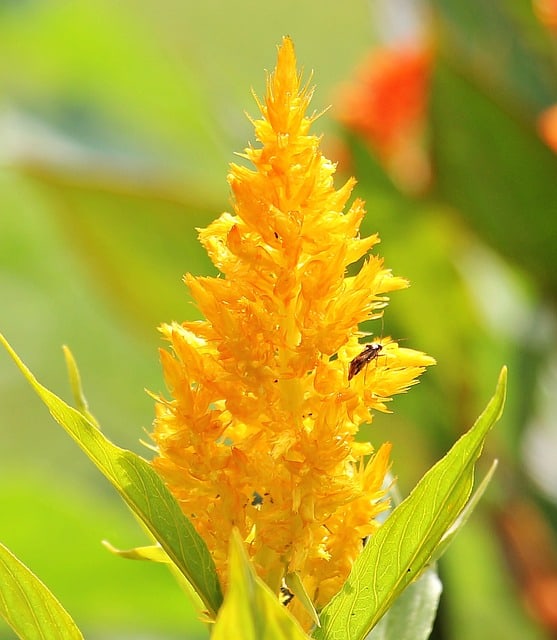
Cockscomb, or Celosia, is known for its unique, crest-like flower heads that resemble the shape of a rooster’s comb. Blooming in various shades from vibrant red to deep yellow, cockscomb adds a tropical flair to any garden. The texture of these flowers is distinctly fuzzy, adding dimension to floral arrangements.
Care Tips: Cockscomb prefers full sun and well-draining soil. It is drought-tolerant once established, making it suitable for warmer climates. Pair it with other bold colors for a striking visual impact in your garden.
Cornflower
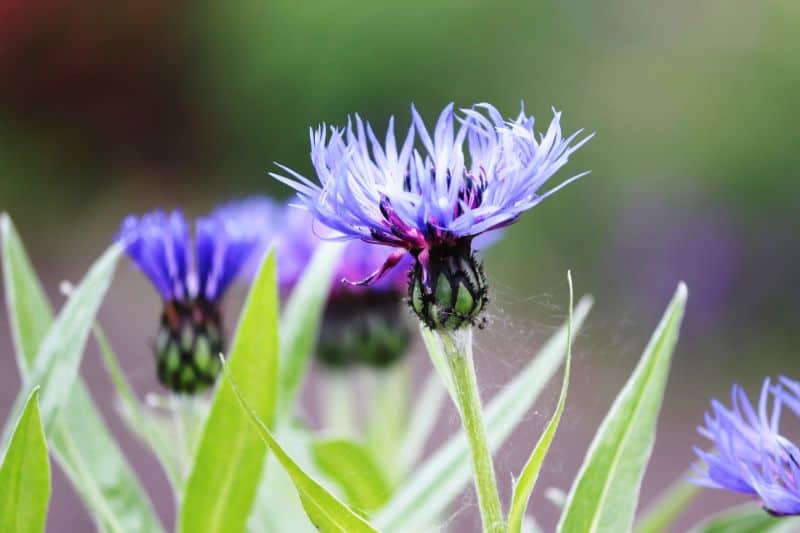
The charming cornflower, or bachelor’s button, offers delicate yet vibrant blue blooms that sway gracefully in the summer breeze. These annuals are not just beautiful; they’re also beneficial for pollinators. Often found in wildflower gardens, cornflowers create a natural, carefree atmosphere.
Care Tips: Plant cornflowers in well-draining soil under full sun. They thrive in poor soil conditions and are relatively low-maintenance, making them perfect for beginner gardeners.
Cosmos

With their light, feathery foliage and wide assortment of colors, cosmos add a whimsical touch to summer gardens. These flowers bloom in shades of pink, white, and purple and are known for their long-lasting blooms. They are excellent for attracting butterflies and other beneficial insects.
Care Tips: Cosmos flourish in full sun and will thrive even in poor soil. They’re drought-resistant, so regular watering isn’t necessary. A light deadheading will encourage continuous blooming throughout the summer.
Dahlia
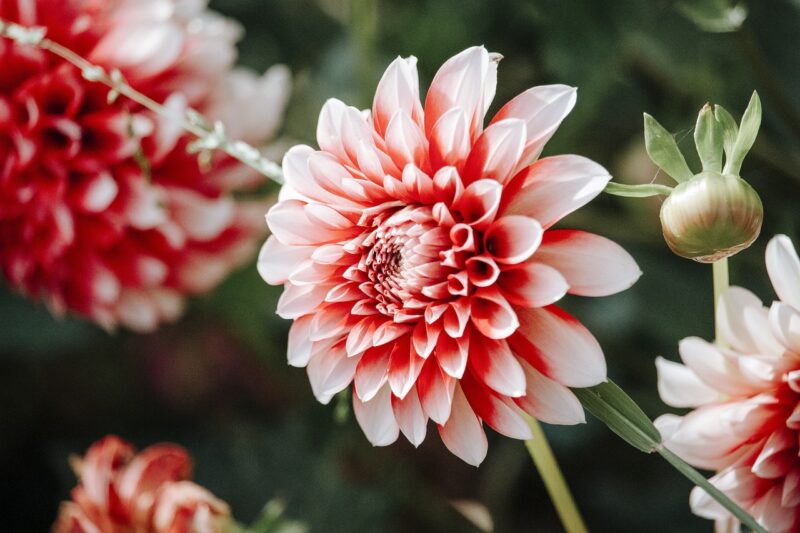
Dahlias are beloved for their intricate, layered flowers that come in nearly every color of the rainbow. While some dahlias are perennials, certain varieties behave as annuals and can bloom from late spring until the first frost. They make for stunning bouquets and are a must-have in any cut flower garden.
Care Tips: Provide dahlias with plenty of sunlight, water regularly, and apply fertilizer to encourage robust growth and blooming. Staking taller varieties is essential to prevent them from toppling over in the wind.
Felicia Daisy

The striking blue blooms of Felicia daisies brighten gardens throughout the summer. These cheerful flowers resemble miniatures of the traditional daisy but boast delicate thread-like petals. They are ideal for flower beds or containers, offering a poignant splash of color.
Care Tips: Felicia daisies prefer well-drained soil and full sun. Regular deadheading will encourage more blooms and prevent the plants from becoming leggy over time.
Gerbera Daisy
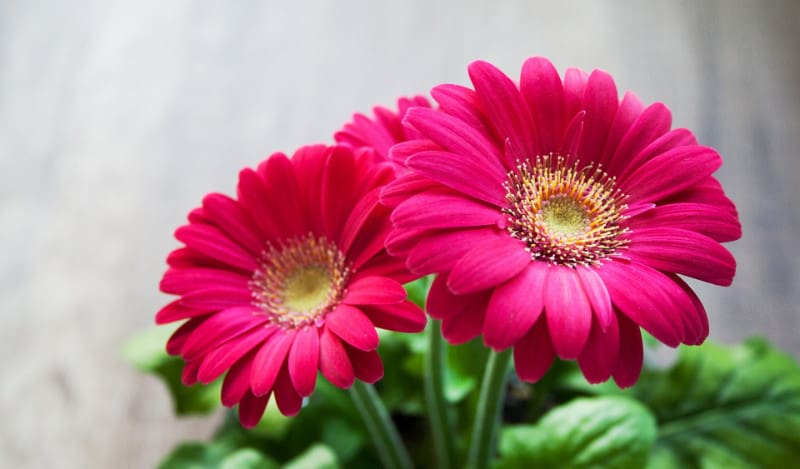
Gerbera daisies are the epitome of summer cheerfulness with their large, vibrant blooms in various hues. These flowers are popular for both gardens and indoor arrangements, known for their ability to make any space feel more lively and inviting.
Care Tips: Gerbera daisies thrive in direct sunlight and need well-drained soil. Be sure to water them consistently but avoid water accumulation around the roots, which can cause rot.
Geranium

Geraniums are classic annuals that provide non-stop color from spring through fall. Their rounded leaves and clusters of flowers in red, pink, or white make them one of the most beloved garden staples. They thrive in both containers and garden beds, bringing life to patios and pathways.
Care Tips: Geraniums prefer full sun and moderate watering. Be sure to deadhead spent flowers to promote more blooms, and pinch back leggy stems to encourage bushier growth.
Gomphrena

Known for their globe-shaped flowers, gomphrena are colorful annuals that can handle the heat of summer with ease. They come in shades of purple, pink, and white, offering a playful texture and a unique look to any garden. These hardy plants are excellent for cutting gardens, providing long-lasting bouquets.
Care Tips: Plant gomphrena in full sun and well-drained soil. They’re drought-tolerant and don’t require much maintenance, making them perfect for busy gardeners.
Impatiens
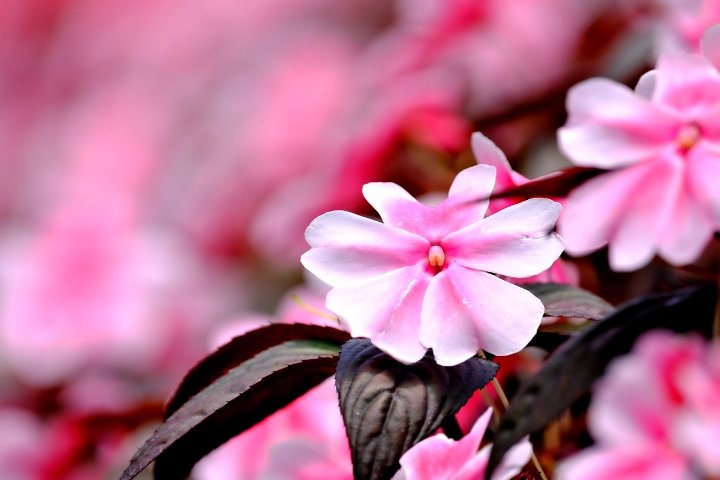
Impatiens are iconic for their ability to thrive in shady gardens where sunlight is limited. These annuals lush blooms in every color imaginable, filling the space beneath trees and in shaded corners with vibrant beauty. They’re a garden favorite for their ability to bloom non-stop through the summer.
Care Tips: While impatiens prefer partial to full shade, they do require consistent watering—especially in hot weather. Adding mulch can help retain moisture in the soil.
Lantana
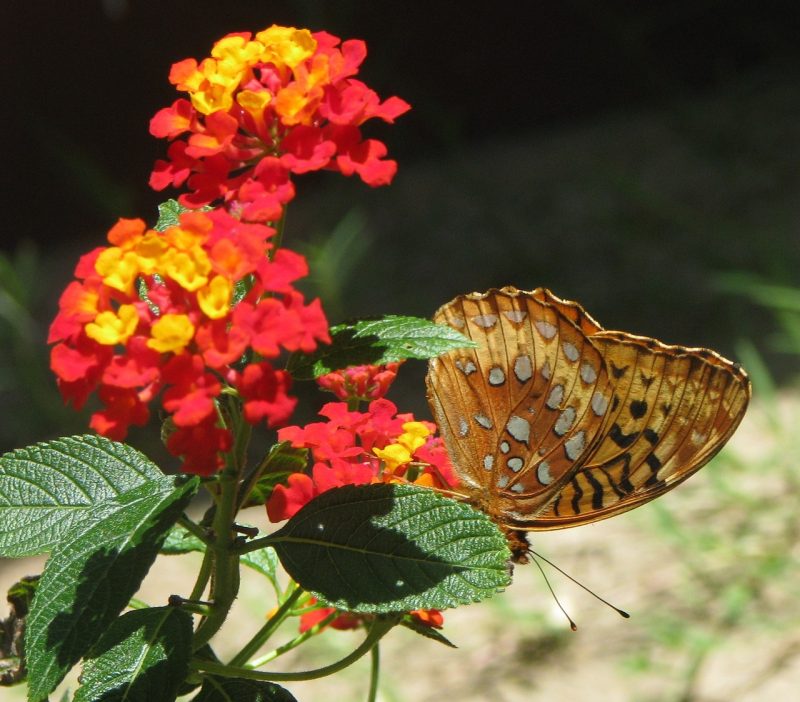
Lantana is a summer staple that produces clusters of tiny flowers in colorful configurations, attracting hummingbirds and butterflies to your garden. These resilient plants are heat-tolerant and thrive in full sun, making them an excellent choice for sunny, dry areas.
Care Tips: Lantanas prefer well-draining soil and should be watered deeply but infrequently. Regular pruning helps maintain their shape and encourages more blooms.
Marigold
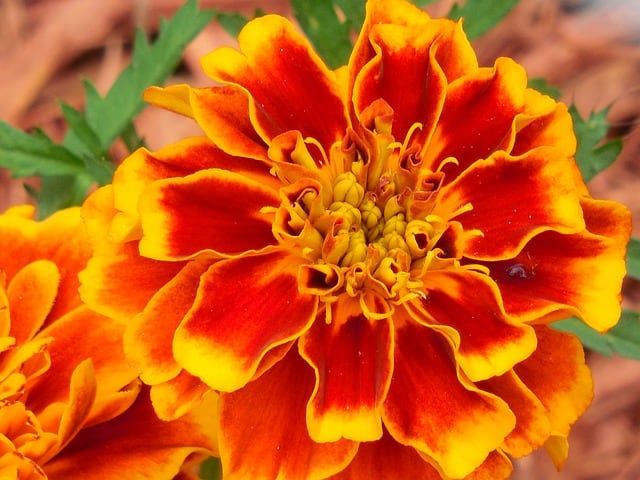
Marigolds are widely known for their cheerful golden-yellow blooms, adding warmth and brightness to gardens. These versatile flowers are not only attractive but also act as natural pest repellents, making them excellent companions in vegetable gardens.
Care Tips: Marigolds enjoy full sun and require moderate watering. Deadheading spent flowers encourages prolonging blooming, ensuring these annuals add color and vibrancy all season long.
Moonflower
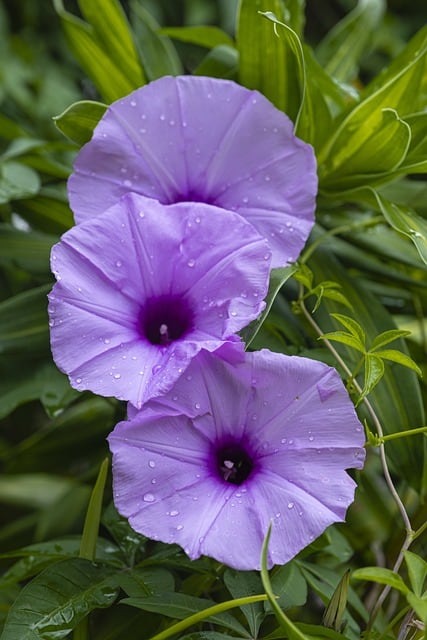
Moonflowers, with their large, white, fragrant blooms, open at night, bringing beauty and fragrance to evening gardens. Their sweet scent attracts nighttime pollinators like moths, making them a unique addition to any landscape.
Care Tips: Moonflowers prefer well-drained soil and full sun during the day. They require support to climb, so planting them near trellises or fences will encourage healthy growth.
Morning Glory

Morning glories are cherished for their stunning, trumpet-shaped flowers that bloom in various shades of blue, purple, and pink. These fast-growing vines are perfect for covering fences and trellises, creating beautiful vertical gardens that light up in the morning sun.
Care Tips: Plant morning glories in well-drained soil and ensure they have plenty of sunny areas to thrive. They should be watered regularly but can tolerate dry spells once established.
Nasturtium
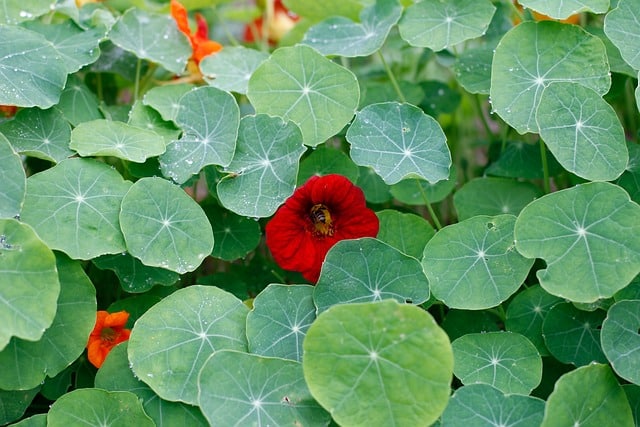
Nasturtiums are not only beautiful but also edible, with peppery-flavored leaves and flowers that can brighten salads and other dishes. They come in shades of orange, red, and yellow, making them an attractive addition to both flower beds and kitchens.
Care Tips: Nasturtiums thrive in poor soil and full sun, making them easy to grow. They do not require heavy watering, and regular deadheading can encourage new blooms.
Nigella
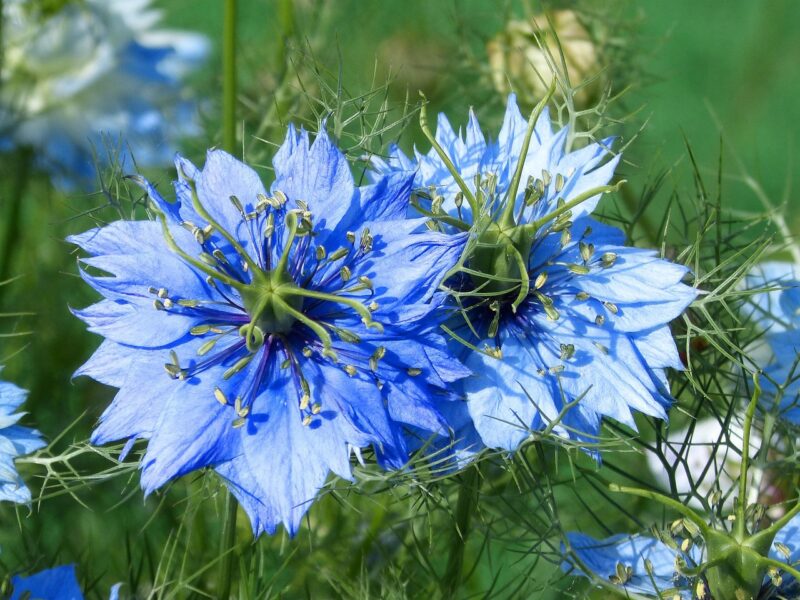
Known commonly as love-in-a-mist, nigella is celebrated for its intricate flowers surrounded by delicate, fern-like foliage. The blooms can range from pale blue to white, adding an ethereal charm to gardens. After blooming, nigella produces striking seed pods that can be harvested for decorative purposes.
Care Tips: Nigella prefers well-drained soil and full sun. They can be direct-seeded for ease, making them a low-maintenance option for a cottage garden feel.
Pansy
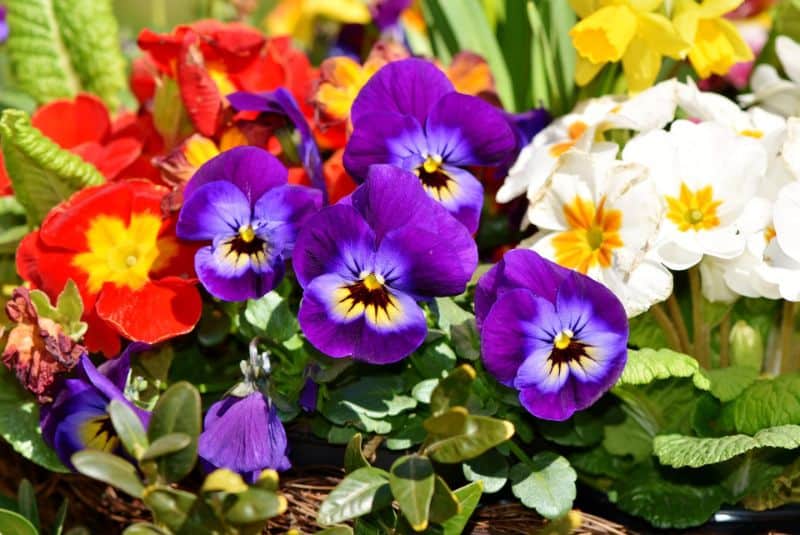
Pansies are treasured for their large, cheerful faces and wide array of colors. While technically biennial, they are often treated as annuals due to their blooming pattern. Pansies can withstand cooler temperatures, making them perfect for early spring and late fall gardens.
Care Tips: Pansies thrive in rich, well-drained soil and prefer partial shade, especially in hotter climates. Regular deadheading will encourage more blooms and prolonged colorful displays.
Petunia
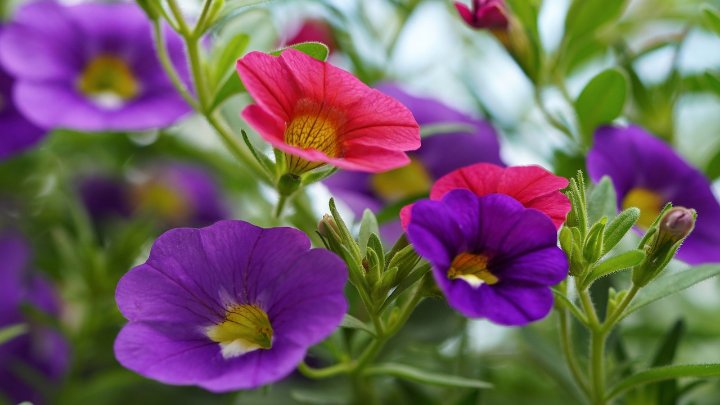
Petunias are some of the most popular annuals for summer gardens, known for their vibrant blooms, delightful fragrance, and extensive color range. They come in various forms, from trailing varieties perfect for hanging baskets to upright types for borders.
Care Tips: Petunias prefer full sun and well-drained soil. Regular watering and deadheading spent blooms are essential to ensure continuous flowering throughout the summer.
Primrose
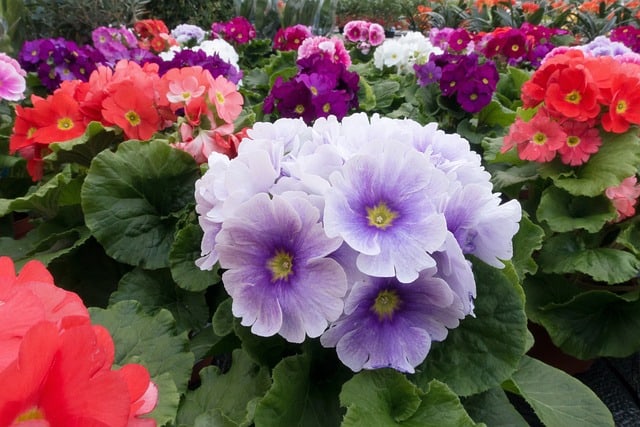
Primroses are not just springtime favorites; several varieties bloom throughout the summer as well. Their delicate, star-shaped flowers come in pastel hues, often creating a soft, romantic look in gardens.
Care Tips: Primroses thrive in partial shade and prefer consistently moist soil. Their nurturing nature means they need protection from the intense midday sun in warmer areas.
Salvia
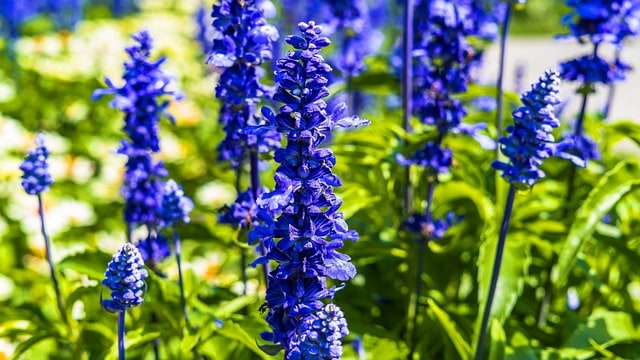
Salvia, or sage, boasts tall spikes of vibrant flowers that bloom in shades of blue, purple, and red, providing vertical interest to flower beds. These hardy annuals attract a plethora of beneficial pollinators and are known for their drought resistance.
Care Tips: Plant salvia in well-drained soil and full sun. Regular pruning after the first bloom can stimulate additional flowering, allowing them to shine throughout the summer.
Snapdragon
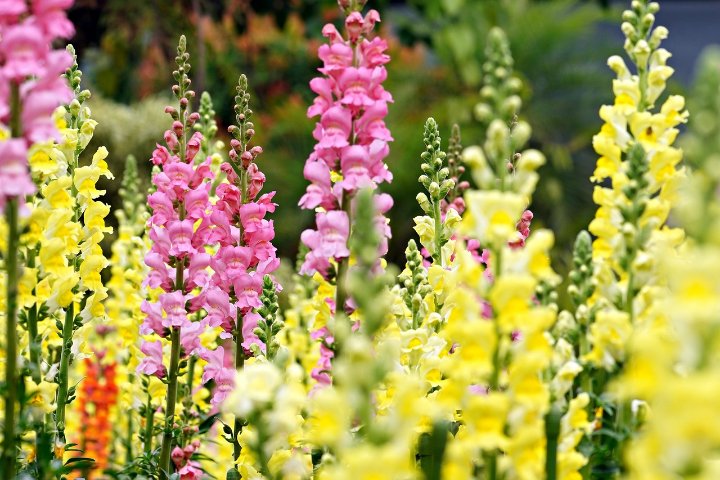
Snapdragons are nostalgic annuals that evoke memories of childhood garden adventures. Their unique, dragon-shaped blossoms can be found in various colors, offering vertical growth that brightens up borders and mixed plantings.
Care Tips: Snapdragons thrive in full sun and well-draining soil. They enjoy regular watering, particularly in hotter months, and should be deadheaded to encourage a new round of blooms.
Stock Flower
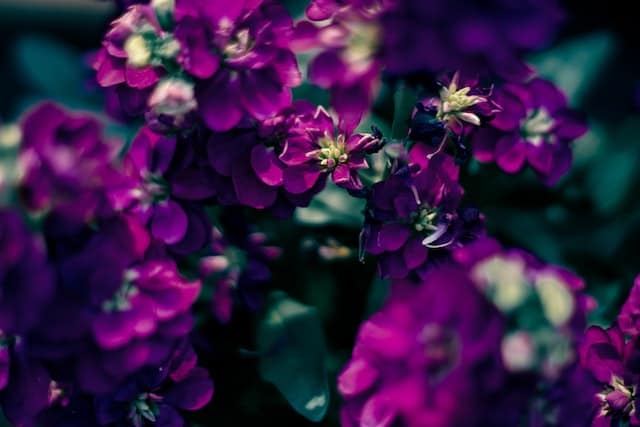
Stock flowers are loved for their delightful fragrance and dense, colorful flower spikes. They provide incredible texture and are often found in wedding bouquets and arrangements due to their pleasant scent and rich colors.
Care Tips: Plant stock flowers in well-drained soil and ensure they receive full sun. Regular watering keeps the plants healthy, and deadheading will promote newer blooms.
Sunflower

Sunflowers are iconic symbols of summer with their cheerful face following the sun throughout the day. These vigorous annuals are perfect for providing a sunny backdrop to any garden and make stunning cut flowers for indoors.
Care Tips: Sunflowers prefer full sun and well-drained soil. Space them adequately to allow for their growth, and support larger varieties against strong winds.
Sweet Pea
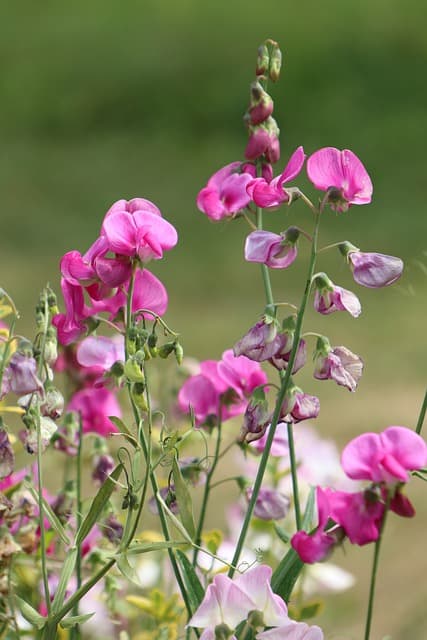
Known for their intoxicating scent and delicate blossoms, sweet peas are a favorite for cutting gardens. They bloom in soft pastels and deep colors, climbing up trellises and fences to create beautiful vertical displays.
Care Tips: Sweet peas thrive best in cooler weather, so plant them early for summer blooms. They prefer full sun but will appreciate some shade during the hottest parts of the day. Regular clipping of spent blooms encourages new growth.
Toto Rustic
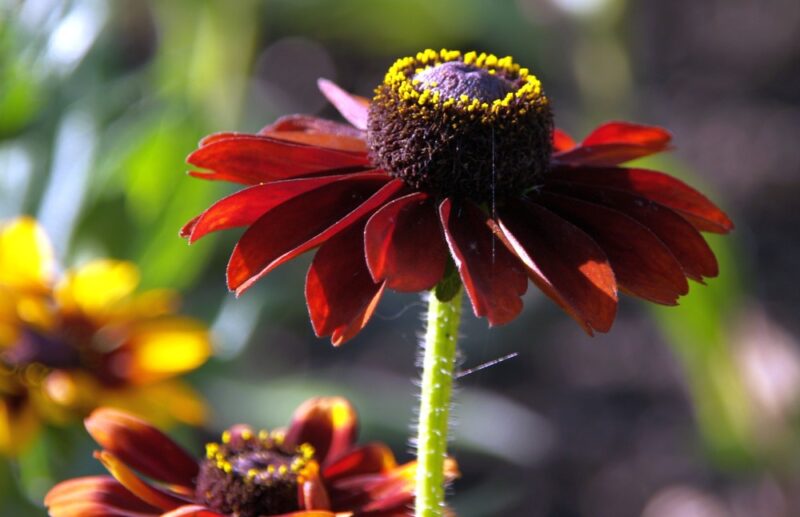
Toto Rustic is a delightful addition to any summer garden, known for its unique, bushy appearance and vivid blooms. These relatively new annuals produce clusters of simple blossoms in warm tones, resonating with rustic charm.
Care Tips: Toto Rustic prefers sun to partial shade and average watering. They are low-maintenance and hardy, making them suitable for any garden style.
Twinspur (Diascia)

Twinspur, or Diascia, is an elegant but often overlooked annual that produces charming bell-shaped flowers in a range of colors. They create a soft, cascading look in container gardens or hanging planters, making them perfect for adding depth.
Care Tips: Twinspur requires well-drained soil and full sun, although they can also tolerate partial shade. Regular watering and deadheading will ensure they remain lush and vibrant throughout summer.
Verbena
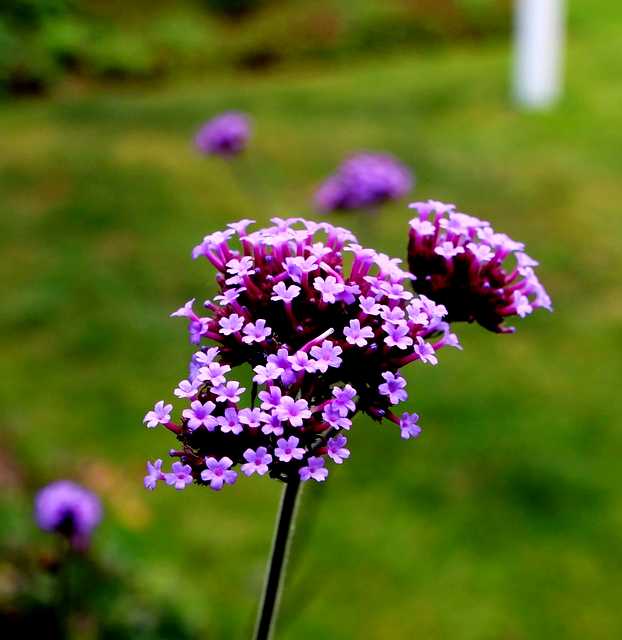
Verbena is cherished for its clusters of tiny flowers that bloom in a wide variety of colors. These low-growing plants spread out beautifully and provide a long season of color, catching the eye of pollinators in droves.
Care Tips: Plant verbenas in full sun and well-drained soil. They are drought-tolerant and benefit from occasional pruning to encourage bushy growth.
Vinca
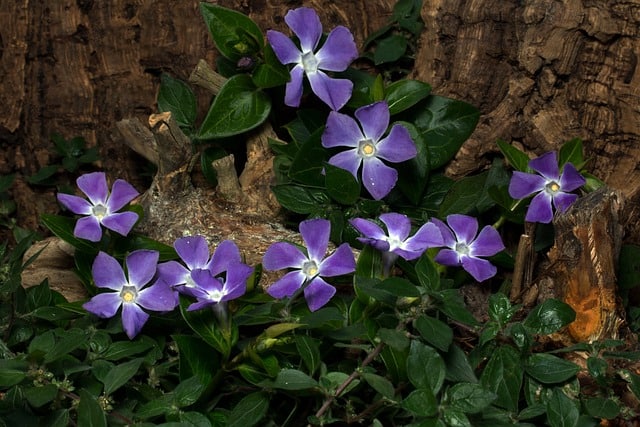
Vinca, or periwinkle, is a reliable annual that blooms profusely throughout the summer. With glossy leaves and flowers in shades of pink, white, and lavender, vinca is perfect for garden beds or hanging baskets, adding color even in hot, humid conditions.
Care Tips: Vinca thrives in full sun and well-drained soil. Watering should be consistent but moderate, as they are drought-tolerant once established.
Wax Begonias

Wax begonias are celebrated for their glossy leaves and vibrant flowers, producing continuous blooms in shades of pink, red, and white. Ideal for shady patches or container gardens, these flowers offer a long-lasting summer display.
Care Tips: Wax begonias prefer partial to full shade and need moist, well-drained soil. Regular watering and deadheading will maintain their appearance and flowering throughout the season.
Zinnia
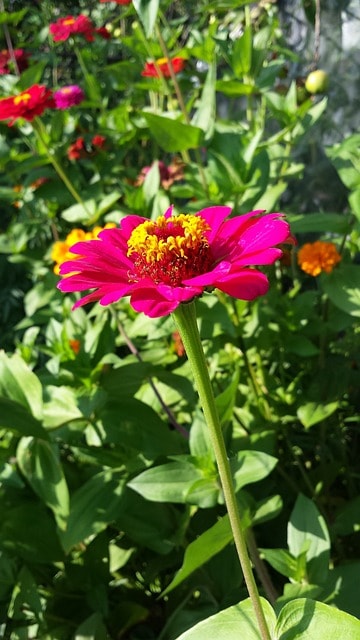
Zinnias are bold, cheerful flowers that come in an array of colors and sizes, making them a whimsical favorite among gardeners. Easy to grow from seed, these annuals provide stunning blooms perfect for cutting gardens and floral arrangements.
Care Tips: Zinnias flourish in full sun and prefer well-draining soil. Regular watering and deadheading will ensure they keep blooming all summer long, bringing a kaleidoscope of color to your garden.


